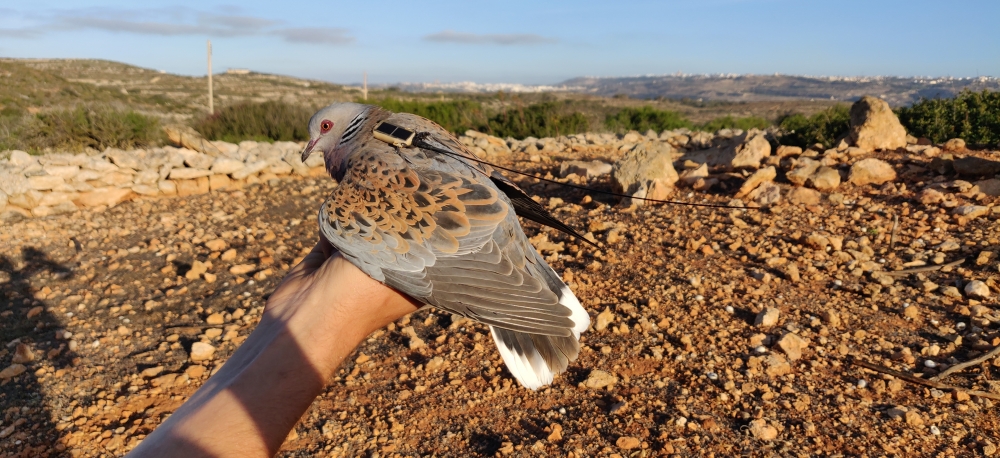How a tiny ring around birds’ legs helps us learn more about them
Salina Nature Park manager Manuel Mallia on how small electronic tracking devices on birds help scientists track a wealth of information that otherwise is impossible to record

Birds have fascinated us for many generations, and numerous studies have been carried out.
In fact scientific studies are ongoing throughout the year by BirdLife Malta.
This is through observation of bird behaviour but also through bird ringing. In this latter process, small metal rings are put on the birds’ legs with a unique number and biometric information is recorded. Through collaboration with similar schemes in other countries, the movement of birds can be followed from their breeding sites, along their migration to their wintering areas.
Recently with the advance of technology, this process has been augmented with the placing of small electronic tracking devices. Depending on the species, these devices can provide a wealth of information that otherwise is impossible to record, such as depth and temperature in the case of diving birds like shearwaters.
There is another facet of bird ringing: that of using coloured plastic rings on relatively large birds.
At BirdLife Malta’s reserves a lookout is maintained for such birds, especially gulls and terns, but also flamingos and waders. When a colour-ringed bird is found, pictures are taken to attempt to read the code on the rings, sometimes from multiple photos. This is helping us build a better picture of the origins and life history of the birds we see which supports already known information but also sheds fresh insight.
Through these techniques, examples of the results include pinpointing the breeding sites for our gulls and terns in the Baltic States and that our turtle-doves breed in central and southern Italy and migrate to winter in central Africa just south of the Sahara Desert.
Our knowledge is never complete. The more we learn about the life history of our birds, the better we are prepared to safeguard them and their habitats. Most likely, through this, we are also safeguarding our own well-being as birds act as good indicators of the health of our environment.
This year BirdLife Malta has launched its #onthemove campaign to showcase the beauty of the autumn bird migration spectacle. The campaign aims to inspire people to enjoy, care and protect Malta’s birds during the autumn migration. Visit https://birdlifemalta.org/onthemove to learn more about the campaign. Members of the public are also being encouraged to log their bird sightings in a form which has been purposely created for this campaign: https://bit.ly/reportasighting






.jpg)














